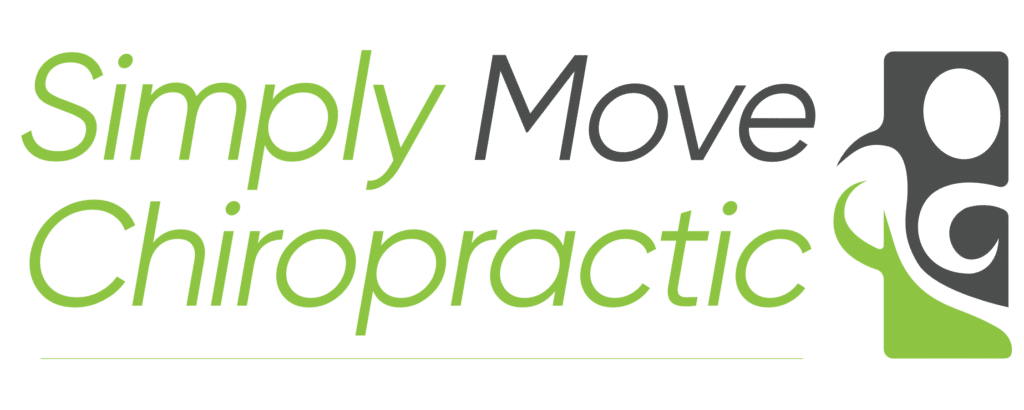As a chiropractor in Charlotte, NC, I frequently encounter patients who suffer from low back pain, a condition that can significantly impact one’s quality of life. Among the many treatment methods I offer at Simply Move Chiropractic, flexion-distraction stands out as a highly effective technique. You may have heard about lumbar traction as a treatment for back pain, but it’s important to understand the difference between flexion-distraction and lumbar traction, and why flexion-distraction might be the better choice for you.
Understanding the Difference Between Flexion-Distraction and Lumbar Traction
Both flexion-distraction and lumbar traction aim to relieve pain and improve spinal health, but they do so in different ways. Lumbar traction involves stretching the spine to reduce pressure on the spinal discs, typically using a traction machine or device. The spine is pulled in a straight line, creating space between the vertebrae, which can help alleviate nerve compression and reduce pain.
Flexion-distraction, on the other hand, is a more nuanced approach. It involves a specialized table that moves in specific directions, allowing me to apply a gentle, rhythmic pumping motion to the spine. This technique not only stretches the spine but also flexes it, creating a combination of decompression and mobilization. This difference is crucial, as the flexing motion helps target specific areas of the spine, making it more effective for certain conditions.
Why Use Flexion-Distraction for Low Back Pain?
There are several reasons why I recommend flexion-distraction for patients dealing with low back pain. First and foremost, it is a gentle, non-invasive technique that can provide significant relief without the need for medication or surgery. The flexion-distraction method allows me to address the root causes of pain, such as disc herniation, spinal stenosis, or degenerative disc disease, by reducing pressure on the nerves and improving spinal mobility.
Flexion-distraction is also highly effective in treating conditions that involve nerve compression. The rhythmic movement of the table creates negative pressure within the spinal discs, which can help retract herniated disc material away from the nerves. This process not only alleviates pain but also promotes healing by increasing blood flow and nutrient exchange in the affected area.
Disorders of the Lumbar Spine That Might Require Flexion-Distraction
Several lumbar spine disorders can benefit from flexion-distraction therapy. These include:
Herniated or Bulging Discs:
When a disc in the lower back herniates or bulges, it can press against spinal nerves, causing pain, numbness, or weakness. Flexion-distraction helps to reduce this pressure, allowing the disc material to move away from the nerve.
Spinal Stenosis:
This condition involves the narrowing of the spinal canal, which can compress the nerves and cause pain or discomfort. The gentle stretching and flexing movements of flexion-distraction can help open up the space within the spinal canal, providing relief.
Sciatica:
Sciatica is characterized by pain that radiates down the leg from the lower back, often due to nerve compression. By alleviating pressure on the sciatic nerve, flexion-distraction can effectively reduce sciatic pain.
Degenerative Disc Disease:
As we age, the discs in our spine can degenerate better known as arthritis. This can lead to pain and stiffness. Flexion-distraction can help manage these symptoms by improving spinal alignment and mobility.
Facet Syndrome:
Facet syndrome occurs when the small joints in the back of the spine, called facet joints, become irritated or inflamed. This condition can lead to significant back pain and stiffness. Flexion-distraction helps by gently mobilizing these joints, reducing inflammation, and improving joint function, which can lead to pain relief and greater flexibility.
How Does a Flexion-Distraction Table Work?
A flexion-distraction table is a specially designed chiropractic table that allows me to move your spine in various directions. The table’s sections can move independently, enabling me to apply a gentle, controlled flexing and distraction force to your lower back. During a session, you will lie face down on the table, and I will use manual techniques to guide the movement of the table and your spine.
What to Expect During a Typical Visit
When you come in for a flexion-distraction session at Simply Move Chiropractic, I’ll start with a thorough assessment of your condition. We’ll discuss your symptoms, medical history, and any concerns you may have. Once I have a clear understanding of your needs, I’ll explain how the flexion-distraction table works and what you can expect during the treatment.
You’ll then lie face down on the table, and I’ll position you comfortably. As I begin the session, you’ll feel the table moving gently beneath you, creating a rhythmic motion that stretches and flexes your spine. The entire process is painless, and many patients find it quite relaxing. Each session typically lasts between 10 to 15 minutes, and I’ll monitor your response to ensure you’re comfortable throughout the treatment.
Conclusion
Flexion-distraction is a safe and effective way to address low back pain, and I’m committed to helping my patients in Charlotte, NC, find relief and improve their quality of life. If you’re struggling with low back pain, don’t hesitate to reach out to Simply Move Chiropractic. Let’s work together to find a solution that brings you lasting relief.

